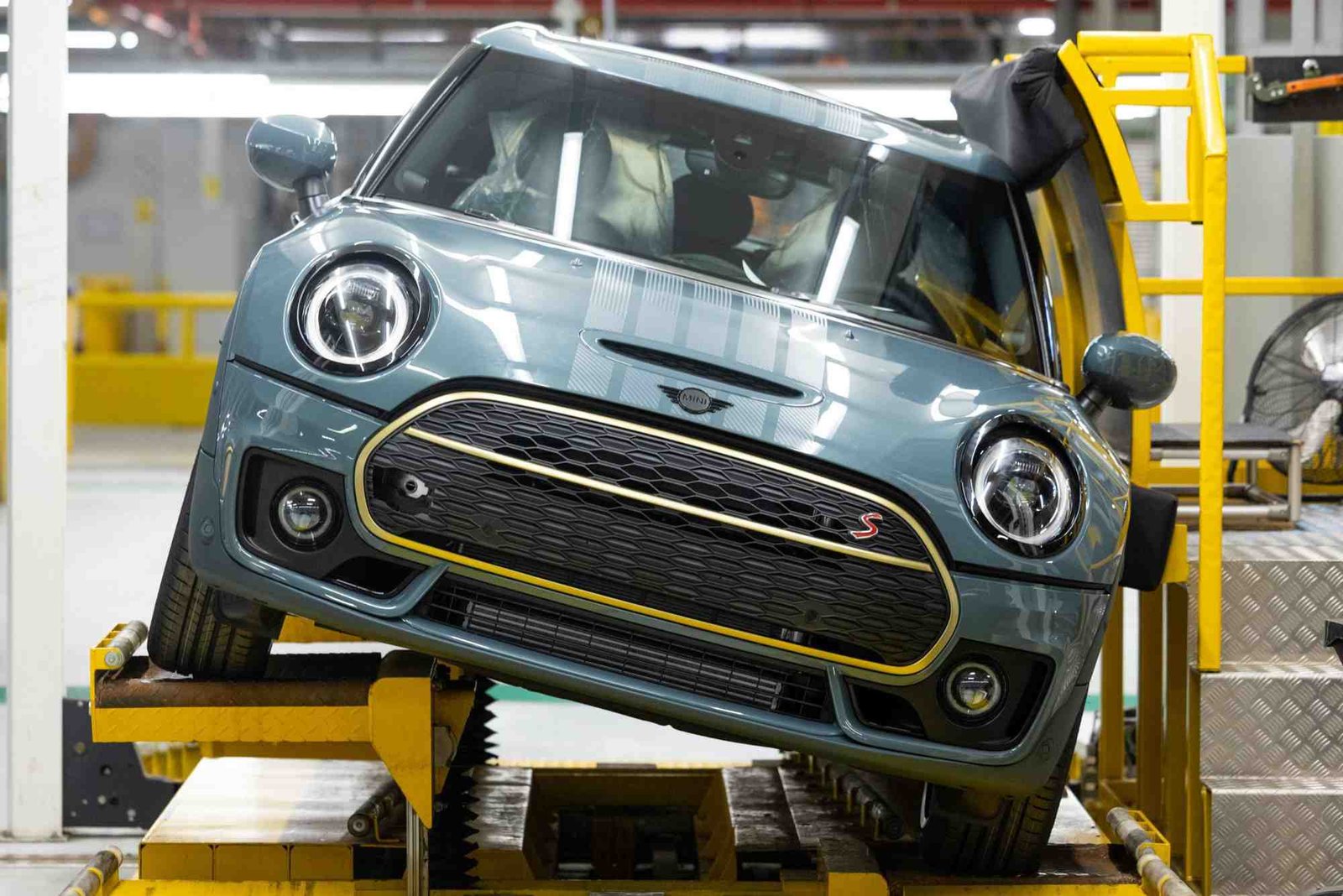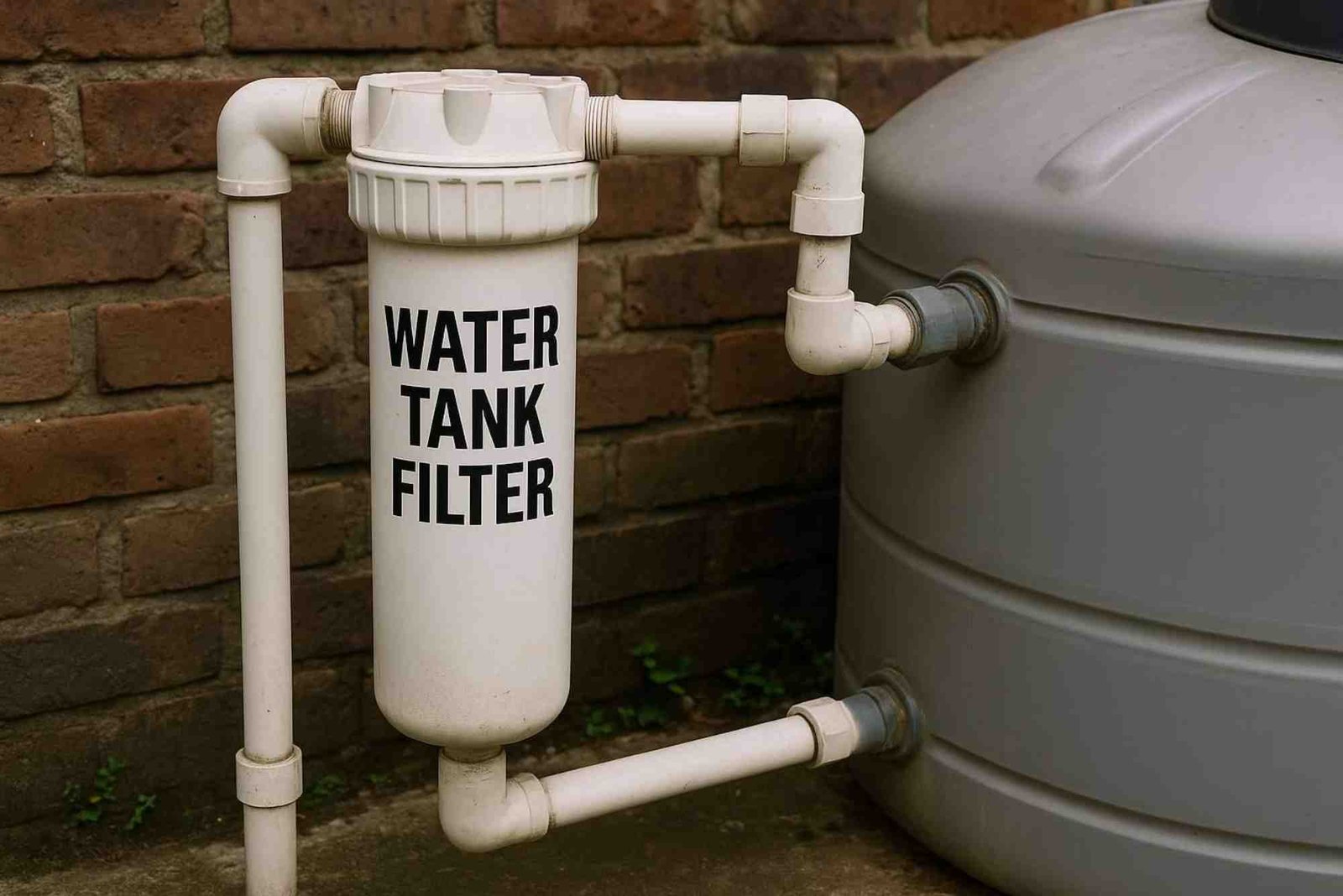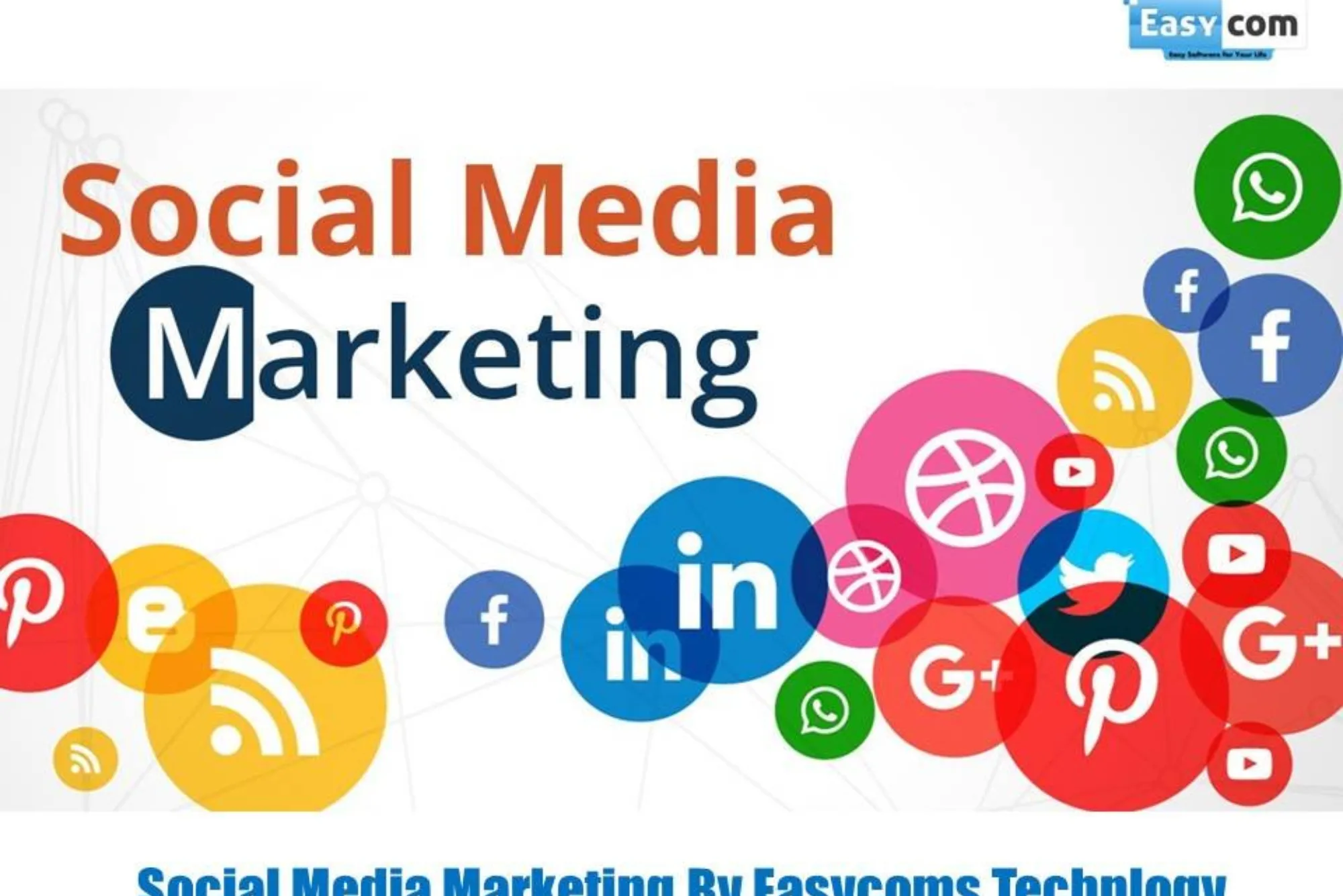Introduction
Importing spare parts from China has become one of the most profitable opportunities for automotive businesses worldwide. With China’s strong manufacturing base, competitive prices, and wide range of products, it’s no surprise that entrepreneurs, mechanics, and distributors are turning east to source quality spare parts. However, to succeed, you need to understand how to import spare parts from China properly — from finding the right supplier to handling customs and logistics.
In this detailed guide, you’ll learn everything about How To Import Spare Parts From China, including practical steps, documentation, and insider tips to make your import process smooth and cost-effective.
Why Import Spare Parts From China?
China’s automotive industry has grown into a global hub for vehicle components. The country exports millions of spare parts annually to over 200 countries. Importing from China offers unbeatable advantages — affordability, product variety, and steady supply chains.
When you import directly, you cut out middlemen and improve your profit margins. You can also customize packaging, branding, or product specifications to suit your local market.
For business owners planning to expand, you may also want to read this Related Automobile article for deeper insights into setting up a successful spare parts venture.
How To Import Spare Parts From China
Understanding How To Import Spare Parts From China involves clear planning and knowledge of both Chinese and your home country’s import procedures. Let’s break it down step by step.
Research the Market and Spare Parts You Need
Before importing, research the specific spare parts you want — whether for cars, motorcycles, or heavy vehicles. Determine demand in your market and ensure the parts comply with your country’s quality and safety standards.
Focus on:
- Vehicle compatibility (e.g., Toyota, Honda, BMW models)
- Durability and certifications
- Packaging and branding options
Proper market research ensures you avoid overstocking slow-moving items.
Find Reliable Suppliers in China
Finding a trustworthy supplier is the most crucial step. Many importers use platforms like Alibaba, Made-in-China, or Global Sources. Look for suppliers with at least 3–5 years of export experience, verified certifications (ISO/TS16949), and positive customer reviews.
Always request product catalogs and price lists. Then, ask for sample shipments before placing bulk orders to evaluate quality. You can also visit trade fairs like the Canton Fair or connect with sourcing agents based in China.
When dealing with suppliers, communicate clearly about:
- Minimum Order Quantity (MOQ)
- Product warranty
- Payment terms and lead times
- Packaging details
If possible, use trade assurance or escrow payment methods to protect your transactions.
Verify Supplier Legitimacy
Many businesses face challenges when they don’t verify suppliers properly. Before you pay, conduct a background check. Verify the supplier’s business license and check whether they have a factory or just act as a middleman.
You can also hire a third-party inspection company to audit their factory and quality control process. Services like SGS, Bureau Veritas, or QIMA help confirm product quality before shipment.
Negotiate Price and Terms
Once you identify a reliable supplier, negotiate the best price possible. Prices vary based on quantity, product type, and customization. Keep in mind that the cheapest option isn’t always the best — focus on balancing price with quality.
During negotiation, clarify Incoterms such as FOB (Free on Board), CIF (Cost, Insurance, Freight), or DDP (Delivered Duty Paid). Understanding these terms ensures you know who handles shipping and insurance costs.
Manage Shipping and Logistics
Shipping is a vital part of learning How To Import Spare Parts From China. Depending on urgency and budget, you can choose between:
- Air Freight – Fast but costly, suitable for small or urgent orders.
- Sea Freight – Ideal for bulk orders, cost-effective but slower.
Always work with experienced freight forwarders who handle documentation, customs clearance, and insurance. Ensure your shipment has proper labeling and that all items are packed safely to avoid damage during transit.
Understand Import Duties and Taxes
Before importing, research the import duty rates and taxes applicable in your country. Different categories of auto parts may have different tariff codes. Check your local customs authority’s website for details.
You may also need an import license depending on your business type. Proper documentation helps you avoid delays or penalties at customs.
Prepare Required Import Documents
The required paperwork usually includes:
- Commercial Invoice
- Packing List
- Bill of Lading or Airway Bill
- Certificate of Origin
- Inspection Certificate (if required)
- Import License
Accurate documentation ensures your goods clear customs without issues. Missing or incorrect documents can cause unnecessary delays.
Ensure Quality Control Before Shipment
Before shipment, request a Pre-Shipment Inspection (PSI) to confirm that the goods match your order’s specifications. This inspection ensures product consistency and helps maintain customer trust.
You can also arrange random quality checks during production to identify any defects early. Remember, the goal is not just to import cheap spare parts but to maintain long-term customer satisfaction.
Handle Customs Clearance
Once your goods arrive, customs clearance begins. If you’re unfamiliar with the process, hire a licensed customs broker to help manage paperwork, duties, and taxes. They ensure compliance and smooth release of your shipment.
After clearance, arrange domestic transportation to deliver products to your warehouse or directly to your clients.
Market and Distribute Your Spare Parts
After successfully importing, focus on marketing and selling your spare parts. Build partnerships with local workshops, garages, and retailers. Use online marketplaces and social media to expand your reach.
If you want to explore more about expanding in the automotive field, check out Doneland’s Automobile section for valuable insights and business strategies.
Common Challenges When Importing From China
While importing offers great potential, there are challenges you should anticipate:
- Language barriers: Misunderstandings during negotiation.
- Quality inconsistency: Varies by supplier.
- Shipping delays: Especially during holidays or port congestion.
- Hidden costs: Customs duties, warehousing, or local delivery.
To overcome these, build long-term relationships with suppliers and maintain clear documentation throughout the process.
Practical Tips for Successful Imports
- Always request product samples before finalizing bulk orders.
- Compare multiple suppliers to ensure competitive pricing.
- Use international payment platforms with buyer protection.
- Track your shipment and maintain proper insurance coverage.
- Stay updated with changing import regulations and tariffs.
Using these strategies, you can confidently manage How To Import Spare Parts From China while maximizing profitability.
FAQs About How To Import Spare Parts From China
What is the minimum order quantity when importing spare parts from China?
Most suppliers set a minimum order quantity (MOQ) between 100–500 units, but it varies by product type and supplier policy.
How can I find trustworthy suppliers in China?
Use verified platforms like Alibaba and attend trade fairs such as the Canton Fair. Always check business licenses and request third-party inspections.
Do I need an import license to import spare parts?
Yes, depending on your country’s import regulations. Always consult your local customs or trade authority before shipment.
How long does shipping from China take?
Sea freight usually takes 25–45 days, while air freight can take 5–10 days depending on destination and customs clearance speed.
Are Chinese spare parts good quality?
Many manufacturers in China meet international quality standards like ISO/TS16949. However, always request samples and verify certifications before placing bulk orders.
What are the most common spare parts imported from China?
Popular items include brake pads, filters, bearings, bumpers, clutch kits, spark plugs, and suspension parts.
How can I avoid fake or low-quality spare parts?
Work with verified suppliers, perform factory audits, and conduct pre-shipment inspections to ensure authenticity and quality.
Understanding How To Import Spare Parts From China is essential for anyone entering the automobile parts business. With the right knowledge, reliable suppliers, and careful planning, you can build a sustainable and profitable import operation. Always focus on quality, compliance, and long-term supplier relationships to ensure your business thrives.
If you’re ready to expand your automotive business and start sourcing high-quality parts from China, explore expert resources on Doneland’s Automobile section or check out this Related Automobile article to learn more about building your supply network.
For broader business tips and health guidelines, you can also Learn more about staying prepared and protecting your operations year-round.











